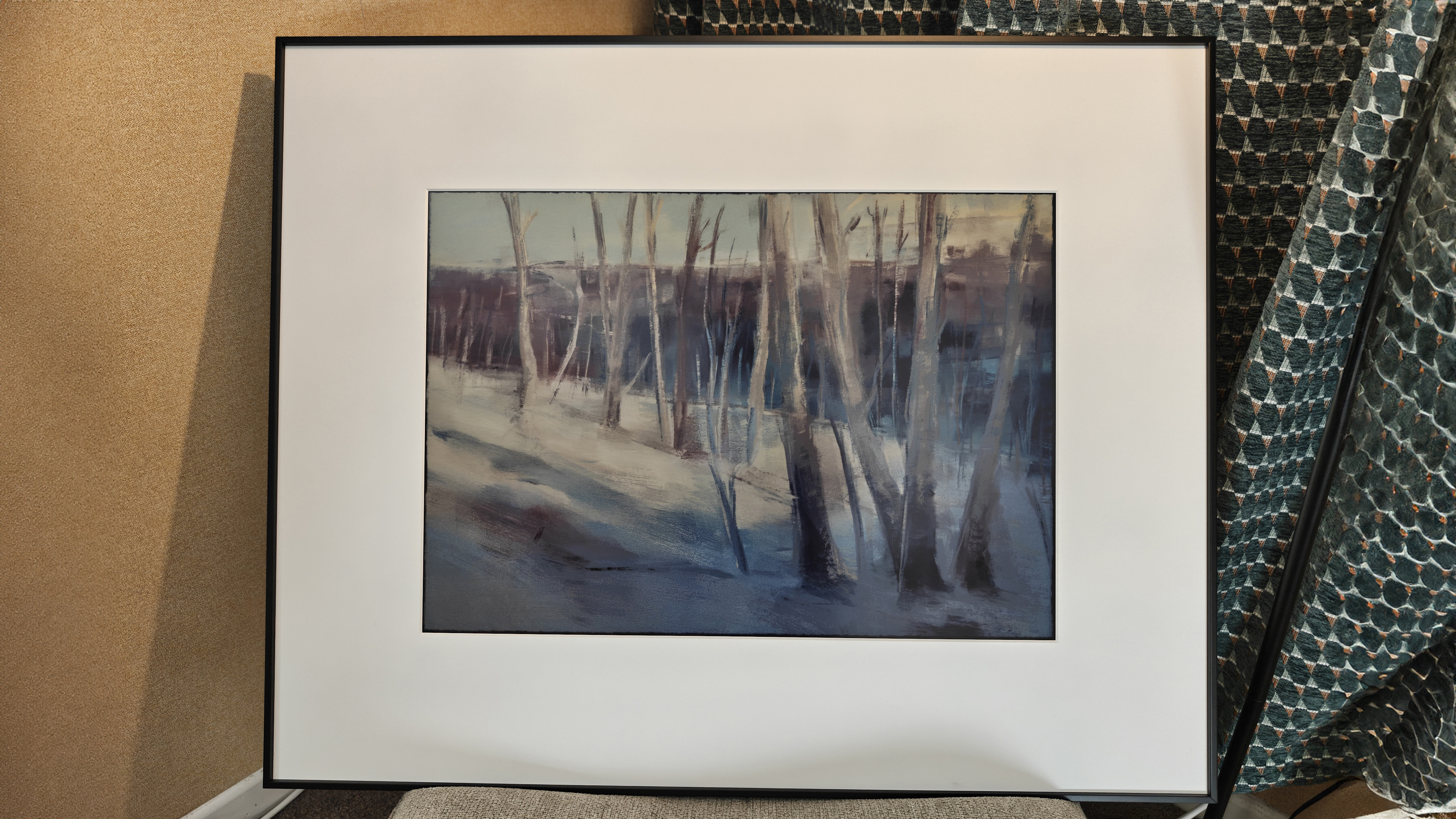8 tips to ace web tech job interviews
These interview tips will help you land the job of your dreams.

Landing your dream job isn't just down to perfecting your design portfolio or creative resume – you also need to present yourself the right way in your interview. I have been in the room for a lot of web tech interviews and have picked up a few tips for web designers and developers looking to land a new job.
The following advice will help you convince interviewers you're right for the job – and lots of this is relevant to other disciplines beside web design. For more interview tips see our comprehensive advice.
01. Dress like them
Don’t show up to an interview for a tech job wearing a suit. Unless perhaps you are interviewing to be the CFO – but probably not even then. I don’t know any companies where designers or developers wear suits. It makes you look out of place, and that is the opposite of your mission – your goal is to convince them that you belong there.
How should you dress? Like them! This is easy if you have a chance to visit the workplace in advance. If that is not an option, look at the photos on the company’s website and learn what you can from its About us page. Many team photos are taken in the office, during a work day. If they have a blog, you will almost certainly find photos from events that give you a sense of what the dress code is like, if there is one at all.
When in doubt, just wear whatever clothes you would normally wear when you want to look ‘nice’ but still feel comfortable and natural. Don’t buy brand new shoes that will hurt your feet, or wear itchy new underpants.
02. Know what you're walking into
Some companies conduct really casual interviews over coffee, while others have a very formal process with multiple sections. Some companies will ask you to do a sample project, or present an example of your work.
In order to feel confident, it really helps to know what you should prepare for. So when you're invited to the interview, it's perfectly reasonable for you to ask about the company’s process.
Daily design news, reviews, how-tos and more, as picked by the editors.
Be respectful of their time (hiring is very time-consuming) and don’t ask so many questions that you seem desperate or paranoid. But feel entirely justified in requesting the following facts:
- Who are you meeting with?
- Which position are you being considered for (seriously, this gets confused a lot)?
- Are there any tests or evaluations that you’ll be asked to perform?
- Where does this interview fit within the overall hiring process?
03. Ask questions
At some point in the interview you’ll be asked if you have any questions. ‘No’ is the wrong answer. Having zero questions makes you seem disinterested and clueless.
When I am the interviewer I learn as much about a candidate from what they ask me as from what I ask them. I’m much more likely to hire a candidate who asks smart questions about things that matter rather than someone who just wants to know how long lunch is.
The questions you decide to ask the interviewer are your chance to talk about anything you want to. You might take this chance to (subtly) demonstrate your familiarity with the company, or mention something you want them to know about you (why they should hire you over using a generic website builder and using a pricey web hosting service, for example). At the very least, it’s an opportunity to show what kinds of things you are interested in. Don’t waste it!
04. Don't panic about tests
Some companies ask candidates to do puzzles or tests. I have never used these as an interviewer because they tend to make candidates anxious, and at best they demonstrate how someone works when they are nervous and uncomfortable. Hopefully this doesn't strongly resemble what it will be like to work at that company.
Knowing this won’t necessarily get you out of doing them, but hopefully you can relax a bit in the knowledge that the interviewer’s attempt to test you has actually revealed something silly about them. Remember, you can learn a lot about an organisation from their hiring process.
For an entry-level job, it’s probably safer not to point out that you know their hiring process is flawed, but you can use this knowledge to your advantage by not getting fooled into thinking it matters how quickly you solve the puzzle. So stay calm. By simply not panicking, you demonstrate you are smart and confident enough to know that solving a silly brain teaser doesn't indicate how intelligent you are.
Seize every chance to interact in ways that show your ability to be part of the team
I recommend thinking out loud and asking plenty of ‘meta’ questions. For example, if you are asked how to calculate the total number of ketchup bottles in North America, ask what the figure will be used for and explain that the goal affects the accuracy requirements, which will dictate your methodology.
If you are asked how to move Mount Fuji, ask ‘How far?’ (after all, it is already in motion). This helps shift the focus away from whether you get the ‘correct’ answer (if there is one) and more towards your process for solving problems.
05. Pretend it's your first day
An interviewer’s job is not only to find someone with the skills to perform the work, but also who enhances the existing team. If there are dogs in the office and you are a dog lover, pet them (without being annoying). If a designer is using a special pen you love, compliment it.
If a technical question arises and the interviewer pulls in one of the current engineers to help answer it, welcome the situation as if you are already colleagues. Seize every opportunity to interact in ways that demonstrate your ability to do the work and be part of the team, even if it’s only for a minute or two.
Don't try to prove that you are better than the existing employees. You're not competing with them for the job, and it will make them dislike you. A smart boss will be more impressed by your ability to empower others than to upstage them.
06. Know what they do
If you're interviewing at a design agency that has one or two long-term clients, know who they are and what they do. This is a good idea for a number of reasons. It helps to show that you ‘get it’. You don’t want them to start telling you about something important, and be forced to interrupt them to ask who they are talking about.
If you are interviewing with a startup, download their app and spend some time learning how it works (save any notes in reliable cloud storage, just to be safe). If there are features or design decisions you don’t understand, or if you have ideas on how you could improve something, these are great questions to ask (politely) when it’s your turn. Just make sure you are also respectful and complimentary.
07. Be on time
Do I really need to explain this? If you are hired, most jobs will expect you to get to work on time, so demonstrate you are good at that. Know in advance where you’re going and how long it takes to get there so you arrive with extra time.
Don’t show up for the interview super-early. That’s awkward. Find a coffee shop or somewhere comfortable nearby to relax, then arrive five or 10 minutes before your appointment.
08. Interview a lot
Practice makes perfect, and the more you interview the more comfortable you will feel. So do it a lot – not just when you desperately need a job. At this point in my career, I genuinely enjoy going to interviews. I don’t get anxious because I know that if the interview is unpleasant, working there probably would be, too.
I also like seeing how others teams work, and I treat it as a chance to meet interesting people and expand my professional network. This is important because it lets me focus more on the process and less on the outcome. Even if nothing comes of it initially, I don’t consider it a failure. There have been many instances when I have worked with someone long after the interview, on a completely different project. So stay positive (even if you think it is going poorly) and have fun.
This article was originally published in net magazine, the world's leading web design magazine. Subscribe here.
Related articles:
